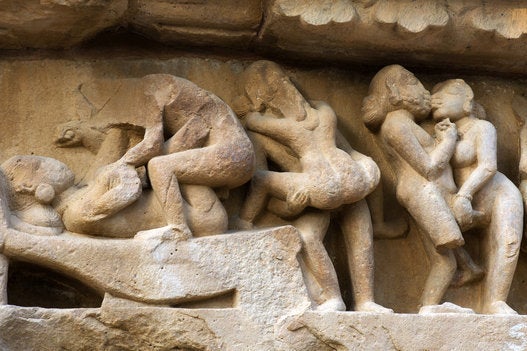
SRIHARIKOTA -- PSLV C-35, carrying India's SCATSAT-1 meant for ocean and weather studies and seven other satellites including from the US and Canada, today lifted off from the spaceport, in Sriharikota.
Besides SCATSAT-1, the 44.4 metre tall ISRO's workhorse PSLV rocket is carrying two Indian university satellites, three from Algeria and one each from the US and Canada.
For the first time in its mission, the PSLV will launch its payloads in two different orbits. There will be two Fourth Stage Engine restarts for this purpose
PSLV C-35 took off from the Satish Dhawan Space Centre, about 110 km from Chennai at 9:12 AM.
SCATSAT-1, the primary satellite, is meant for weather forecasting, cyclone detection and tracking.
It is a "continuity" mission for the Ku-band scatterometer payload carried by SCATSAT-1, which has enhanced features compared to a similar one carried by Oceansat-2 satellite in 2009, ISRO said.
The two academic satellites are PRATHAM, from IIT, Bombay, and PISAT, from BES University, Bengaluru and its consortium.
While PRATHAM's objective is to estimate Total Electron Count, PISAT's mission is to design and develop a nanosatellite for remote sensing applications.
The total weight of all the eight satellites onboard PSLV C35 is about 675 kg, ISRO said.
SCATSAT-1 weighs 371 kg.
While SCATSAT-1 will be released first into a 730 km Polar Sunsynchronous Orbit (SSO) after about 17 minutes, the rest will be injected into a lower orbit of 689 km after around two hours.
Also on HuffPost India.
